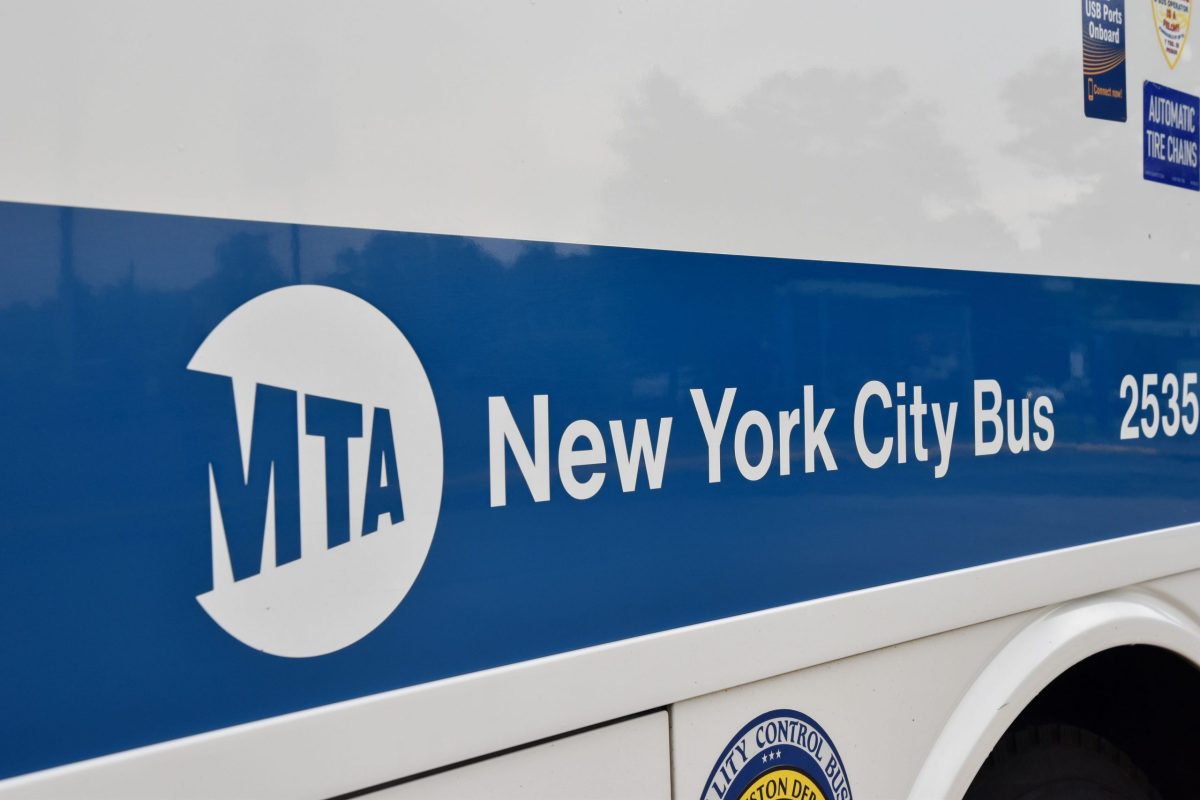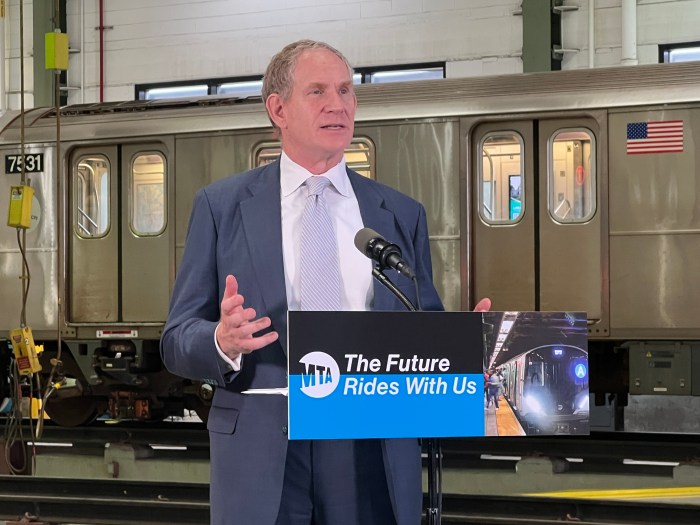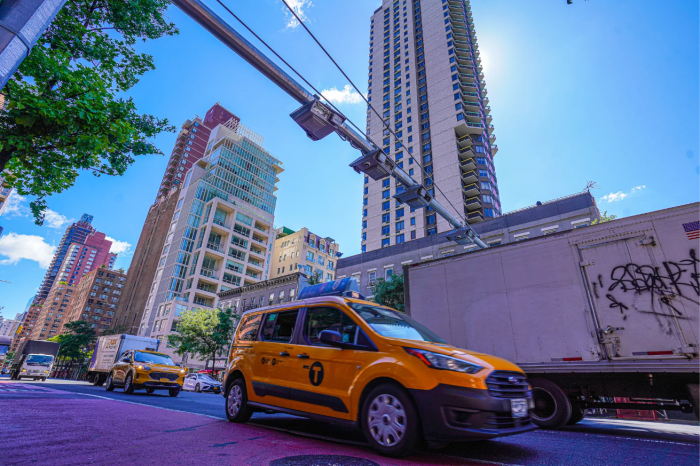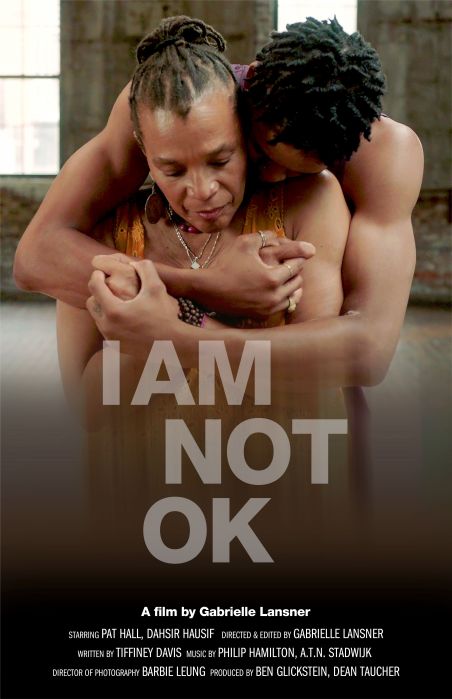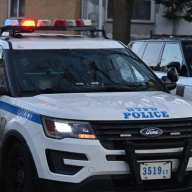The Metropolitan Transportation Authority said Tuesday that they’re confident they can once again accept fares on buses after over five months of rear-door boarding to protect the health of transit workers.
With shields and curtains protecting bus drivers fully installed on the bus fleet, the MTA says they are ready for riders to dip their MetroCards and begin using the OMNY fare payment system on Aug. 31 after claiming to be losing up to $200 million a week.
“As you know, we’ve been facing the most serious financial crisis in MTA history due to the COVID-19 pandemic,” interim New York City Transit President Sarah Feinberg said Tuesday morning. “The projected shortfalls are staggering, an estimated $16 billion deficit through 2024, the MTA is losing about $200 million a week in revenues from losses in fares, tolls, subsidies, taxes and COVID-related expenses. The MTA’s bus ridership projections indicate a loss of approximately $431 million throughout the pandemic based on regular pre-pandemic ridership.”
If the MTA had collected bus fares over the past five months, Feinberg said, the authority would’ve received $159 million. Front-door boarding and fare collection was brought to a screeching halt as the death toll of MTA employees began to mount dramatically, but leveled off at about 130 deaths total.
Nearly all of the afflicted MTA workers were assigned to New York City Transit subways and buses, and rear-door boarding was intended to give drivers six feet of space between passengers with the first three rows cordoned off.
Despite the cordoned off area being made available for seating, there will be a white line near the front of the bus to provide distance.
“Additionally we are doing to some added efforts on our air filtration systems,” MTA Bus Company President Craig Cipriano said. “As we look ahead, we are enhancing our bus filters to MERV 8 to 13, that filter out microbials more efficiently.”
Bus drivers are also allowed to open windows for additional ventilation, Cipriano said. The MTA’s 4,900 local and 1,000 express buses will have an enhanced barrier by the Aug. 31 deadline.
With mask dispensers available on buses, Cipriano says the commencement of fare collection will not be done at the expense of anyone’s health.
Feinberg says that MTA leaders expect some frustration and unwillingness to comply with the reinstated fare, but that offering free service is no longer feasible considering the dire financial standing of the agency. She did, however, say that fares could be reexamined at a later date and considering state or federal support.
Until then, those who do not pay their fare will face reminders by the MTA’s Eagle Team before enforcement measures are taken.
The MTA has struggled to bring riders back to both subways and buses since the pandemic cut ridership by over 90% across all systems. With this, the MTA has requested $8 billion from the federal government in stimulus funds to make it through 2020, but only half of that has been delivered through the CARES Act.



